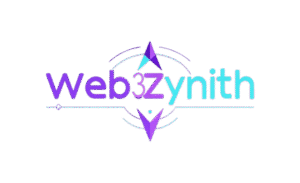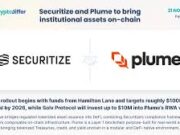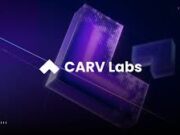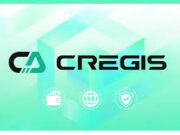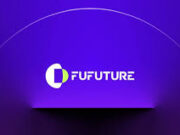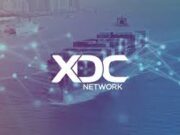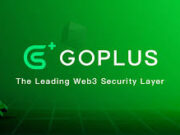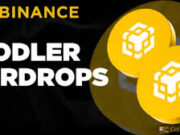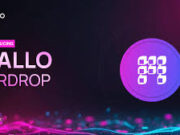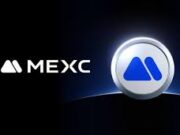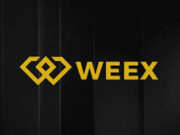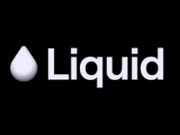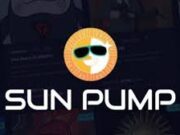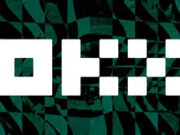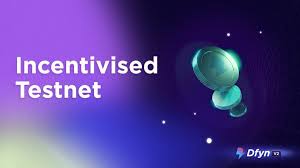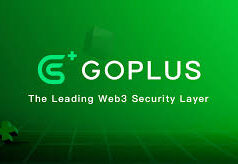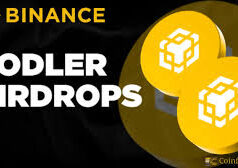The Bitcoin ecosystem has always been admired for its security and decentralization, but when it comes to smart contracts, DeFi scalability, and low-fee dApps, it often lags behind other blockchains. While Ethereum thrives with programmable finance, Bitcoin has remained somewhat limited—until now.
Recently, Mintlayer took a major step forward with the launch of its ZK Thunder Testnet, a Layer 3 solution designed to bring speed, interoperability, and scalability directly into Bitcoin’s orbit. Even more, they paired it with a $20,000 bug bounty program powered by CertiK, encouraging security researchers to test the network’s resilience before mainnet goes live (Mintlayer, 2025).
So, what does this mean for Bitcoin DeFi? Let’s break it down.
Why ZK Thunder Matters for Bitcoin’s DeFi Future
First, it’s important to recognize that Bitcoin’s $1.3 trillion market cap (as of September 2025) remains mostly idle in terms of DeFi adoption. By comparison, Ethereum boasts hundreds of billions in total value locked (TVL) across dApps, lending protocols, and liquidity pools (DeFiLlama, 2025).
Mintlayer, already known as a Bitcoin Layer 2 sidechain focusing on atomic swaps and tokenization, has now introduced ZK Thunder as a Layer 3 upgrade. This new testnet is powered by zero-knowledge rollups, which allow transactions to be batched off-chain and settled securely back onto the Bitcoin network.
With one-second block times and full Ethereum Virtual Machine (EVM) compatibility, ZK Thunder enables developers to port dApps, tools, and smart contracts from Ethereum without rewriting code. This interoperability is a game-changer, bridging Bitcoin’s security with Ethereum’s flexibility (TechBullion, 2025).
How ZK Thunder Works: Speed, Security, and Interoperability
So, how exactly does this technology function?
- Zero-Knowledge Proofs (ZKPs): Transactions are validated off-chain using cryptographic proofs, ensuring both speed and privacy.
- Layer 3 Anchoring: ZK Thunder runs as a Layer 3 on Mintlayer’s L2, which itself connects directly to Bitcoin. This layered approach keeps the robust security of Bitcoin while unlocking new scalability options.
- Ultra-Fast Block Times: Compared to Bitcoin’s 10-minute blocks, ZK Thunder delivers 1-second confirmations.
- EVM Compatibility: Developers can use Solidity, deploy contracts, and integrate tools like MetaMask instantly, reducing friction for Ethereum developers moving into the Bitcoin ecosystem (Live Bitcoin News, 2025).
For end-users, this means cheap transactions, low latency, and access to tokenized real-world assets (RWAs) directly anchored to Bitcoin’s stability.
CertiK’s $20,000 Bug Bounty: Security First
No blockchain innovation can succeed without strong security, and Mintlayer knows this. That’s why they’ve launched a $20K bug bounty program, administered by CertiK, one of the most respected blockchain security firms.
The program rewards white-hat hackers who uncover vulnerabilities using the CVSS severity model. Rewards scale depending on the seriousness of the issue, ranging from critical smart contract exploits to potential DoS vulnerabilities (CertiK, 2025).
Importantly, all testing happens on a forked version of the network to prevent disruptions. Payments are made in Mintlayer’s ML tokens, ensuring contributors are directly invested in the ecosystem’s success.
By combining community-driven bug hunting with professional auditing, Mintlayer is ensuring that ZK Thunder is not just fast, but also battle-tested and secure before its full release (Mintlayer, Bug Bounty Program).
What This Means for Bitcoin DeFi
When we step back, the implications are enormous. Historically, Bitcoin DeFi adoption has lagged far behind Ethereum’s, with under $1 billion in TVL compared to Ethereum’s dominance (Bitcoin Ethereum News, 2025).
ZK Thunder changes that equation by enabling:
- Programmable Bitcoin Liquidity: No more needing to wrap BTC on Ethereum—dApps can interact directly with Bitcoin.
- Cross-Chain Atomic Swaps: Seamless swaps between BTC, ETH, and other assets without centralized intermediaries.
- Tokenization of RWAs: Real-world assets like bonds or real estate can now be integrated directly into Bitcoin DeFi ecosystems.
- Faster Onboarding for Ethereum Devs: By supporting EVM compatibility, Mintlayer lowers the barrier for developers used to Ethereum tools.
This is why analysts suggest ZK Thunder could position Bitcoin not only as a store of value but also as a programmable financial hub in the post-halving era (AInvest, 2025).
Challenges on the Road Ahead
Still, no innovation is without obstacles. Some key challenges remain:
- Complexity of ZK Rollups: While powerful, ZK proofs require specialized cryptography and significant computing resources.
- Centralization Concerns: Rollup sequencers must be decentralized to prevent bottlenecks or censorship risks.
- Bitcoin Community Conservatism: Many Bitcoiners prefer simplicity, meaning adoption may take time.
- Regulatory Scrutiny: Tokenized RWAs could attract oversight from agencies like the SEC or CFTC, especially in the U.S.
Mintlayer acknowledges these challenges and continues to refine its roadmap through ongoing audits, community feedback, and development updates (Mintlayer Development Updates, 2025).
The Road Ahead for Mintlayer and ZK Thunder
Looking forward, Mintlayer plans to launch ZK Thunder mainnet later in 2025 after concluding audits and the bug bounty program. Upcoming features include:
- Fast Bridges for seamless cross-chain liquidity flows.
- Token Factories for easy creation of assets on Bitcoin.
- DeFi SaaS Tools to help institutions tokenize RWAs.
In a multi-chain world, ZK Thunder could very well position Bitcoin as the backbone of global DeFi, blending its proven stability with next-generation programmability (Mintlayer, 2025).
For developers, security researchers, and crypto enthusiasts, now is the time to experiment with the testnet, explore the faucet, and test out EVM-compatible dApps anchored to Bitcoin.
Final Thoughts
Mintlayer’s ZK Thunder is more than a testnet launch—it’s a bold step toward a new era of Bitcoin DeFi. By merging Bitcoin’s unmatched security, Ethereum’s developer ecosystem, and zero-knowledge scalability, it unlocks possibilities previously thought impossible.
And with a $20K bug bounty ensuring robust security, Mintlayer is making it clear: innovation without safety is not an option.
As the testnet matures and mainnet draws closer, we could see Bitcoin not just as a store of value, but also as the engine of decentralized finance for the next generation.
Sources:
- Mintlayer. (2025, March). Mintlayer Unveils ZK Thunder Network L3 on Testnet. Retrieved from Mintlayer
- Mintlayer. (n.d.). Bug Bounty Program. Retrieved from Mintlayer
- Mintlayer. (2025, April). April 2025 Mintlayer Development Update. Retrieved from Mintlayer
- TechBullion. (2025, March 22). Mintlayer Revolutionises Bitcoin DeFi with Launch of ZK Thunder Network Testnet. Retrieved from TechBullion
- Live Bitcoin News. (2025, March 22). Mintlayer Unveils ZK Thunder – Revolutionizing DeFi with Layer 3 Scalability & EVM Compatibility. Retrieved from Live Bitcoin News
- AInvest. (2025, March 22). Mintlayer Launches ZK Thunder Network Testnet, Revolutionizing Bitcoin DeFi. Retrieved from AInvest
- Bitcoin Ethereum News. (2025, March 22). Mintlayer Unveils ZK Thunder – Revolutionizing DeFi with Layer 3 Scalability & EVM Compatibility. Retrieved from Bitcoin Ethereum News
- CertiK. (2025). Mintlayer – CertiK Skynet Project Insight. Retrieved from CertiK Skynet
- DeFiLlama. (2025). Total Value Locked (TVL). Retrieved from DeFiLlama
